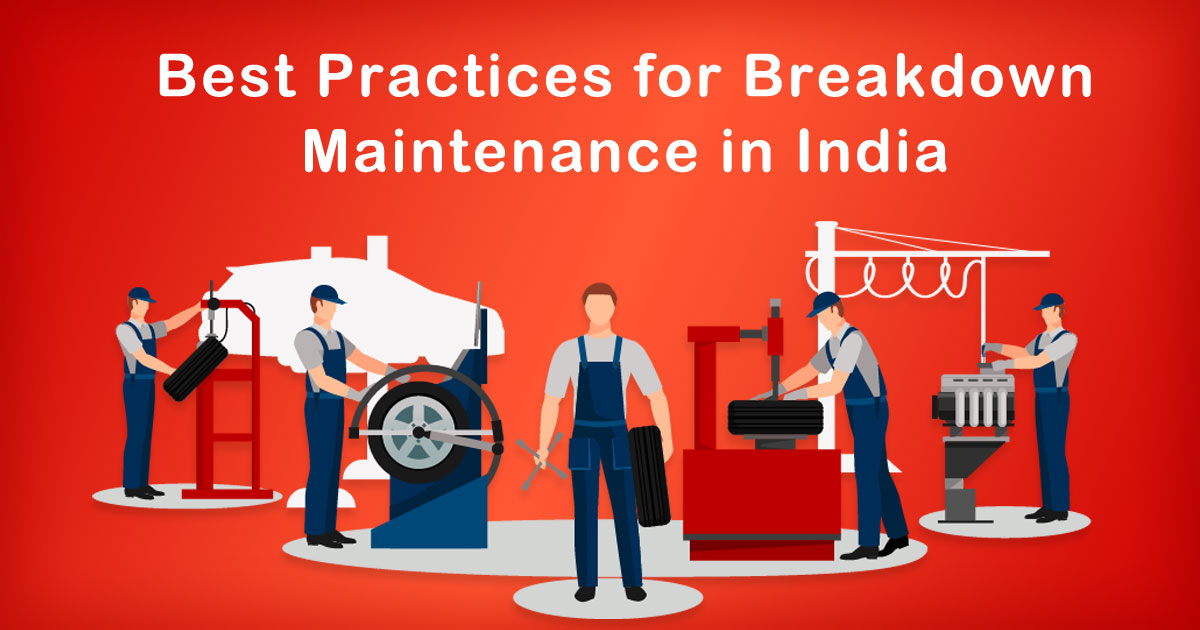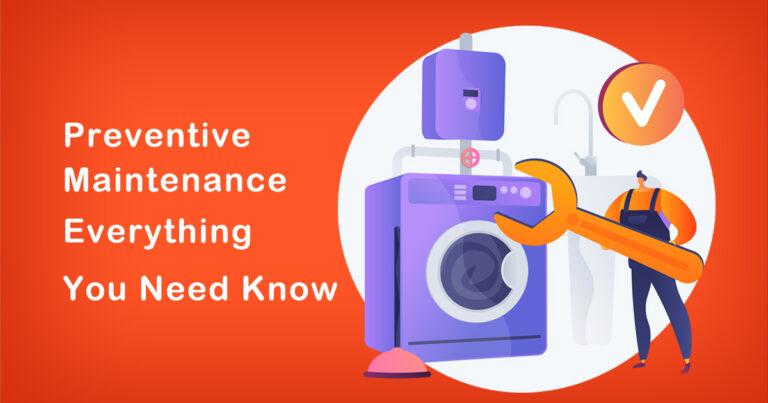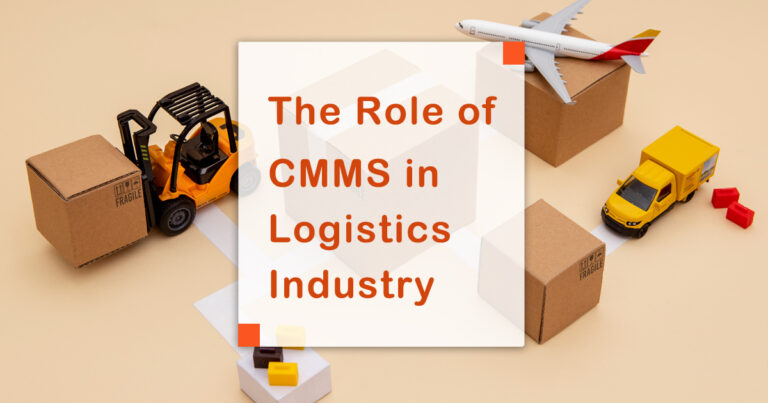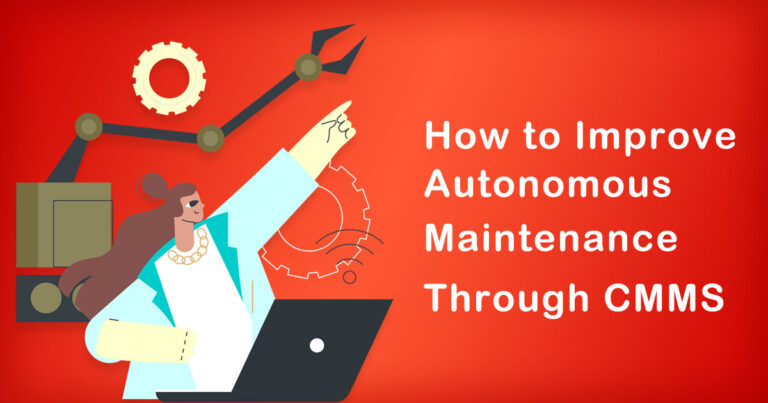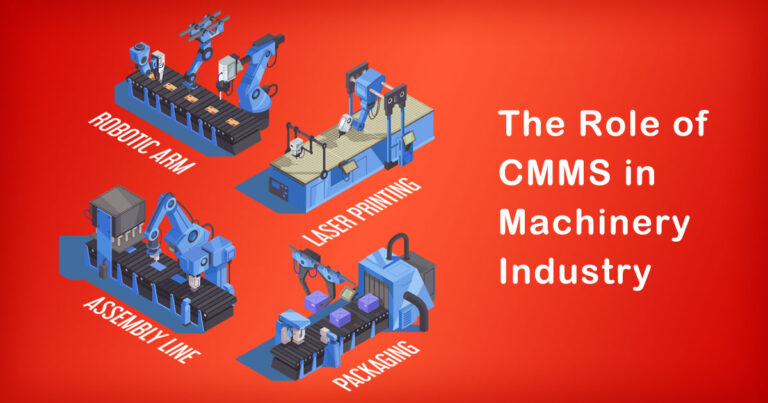Introduction
In today’s fast-paced industrial landscape, machinery breakdowns can have significant implications for productivity, safety, and profitability. This is especially true in a country like India, where industries are rapidly expanding and heavily reliant on machinery and equipment. Effective breakdown maintenance practices are crucial to minimize downtime, optimize asset performance, and ensure the smooth operation of businesses. In this article, we will explore some of the best practices for breakdown maintenance in an Indian context, backed by research and facts.
1. Implementing a Proactive Maintenance Strategy
In India, preventive maintenance is widely recognized as a key approach to avoid breakdowns. By regularly inspecting, servicing, and replacing components before they fail, organizations can reduce the likelihood of unexpected breakdowns. This preventive approach minimizes disruptions to production schedules and avoids costly repairs. Implementing a proactive maintenance strategy can be achieved by conducting regular equipment inspections, adhering to manufacturer-recommended maintenance schedules, and leveraging advanced technologies such as condition monitoring and predictive analytics.
2. Training and Skill Development
Skilled maintenance personnel are the backbone of effective breakdown maintenance. Investing in training programs and skill development initiatives for maintenance technicians can significantly enhance their ability to diagnose, repair, and maintain machinery efficiently. In India, there is a growing need to bridge the skill gap in the maintenance sector. Companies can partner with vocational training institutes and industry associations to provide specialized training programs and certifications. This investment in human resources will contribute to reduced downtime and improved overall equipment effectiveness (OEE).
3. Spare Parts Management
An essential aspect of breakdown maintenance is the availability of spare parts. In India, long lead times for procuring spare parts can lead to extended downtime, impacting productivity. To mitigate this issue, it is crucial to maintain an accurate inventory of critical spare parts. Leveraging computerized maintenance management systems (CMMS) can facilitate efficient spare parts management, including tracking stock levels, automating reordering processes, and ensuring prompt delivery. Additionally, establishing relationships with reliable suppliers and maintaining a well-organized spare parts storage area can further optimize breakdown maintenance activities.
3. Documentation and Data Management
Accurate documentation and data management are vital for effective breakdown maintenance. In India, maintaining detailed records of equipment history, maintenance activities, and breakdown incidents can help identify recurring issues and establish preventive measures. Digital solutions, such as computerized maintenance management systems (CMMS) and enterprise asset management (EAM) systems, provide a centralized platform for capturing, analyzing, and retrieving maintenance data. This data-driven approach enables organizations to identify patterns, optimize maintenance strategies, and make informed decisions regarding equipment upgrades, replacements, or modifications.
4. Establishing a Safety Culture
Safety should be an integral part of breakdown maintenance practices in India. Machinery breakdowns can pose significant safety risks to maintenance personnel and other employees. It is crucial to establish a robust safety culture that prioritizes employee well-being and adheres to relevant regulations and standards. Conducting regular safety training sessions, implementing standard operating procedures (SOPs), and conducting thorough risk assessments before initiating maintenance activities can minimize the likelihood of accidents and injuries.
Conclusion
In India’s rapidly evolving industrial landscape, effective breakdown maintenance practices are essential to ensure uninterrupted operations and maximize productivity. By implementing a proactive maintenance strategy, investing in training and skill development, managing spare parts efficiently, maintaining accurate documentation, and prioritizing safety, organizations can mitigate the impact of breakdowns. These best practices, supported by research and facts, will contribute to increased equipment reliability, reduced downtime, and improved overall operational efficiency. Embracing these practices will undoubtedly help businesses thrive in the competitive Indian market.


